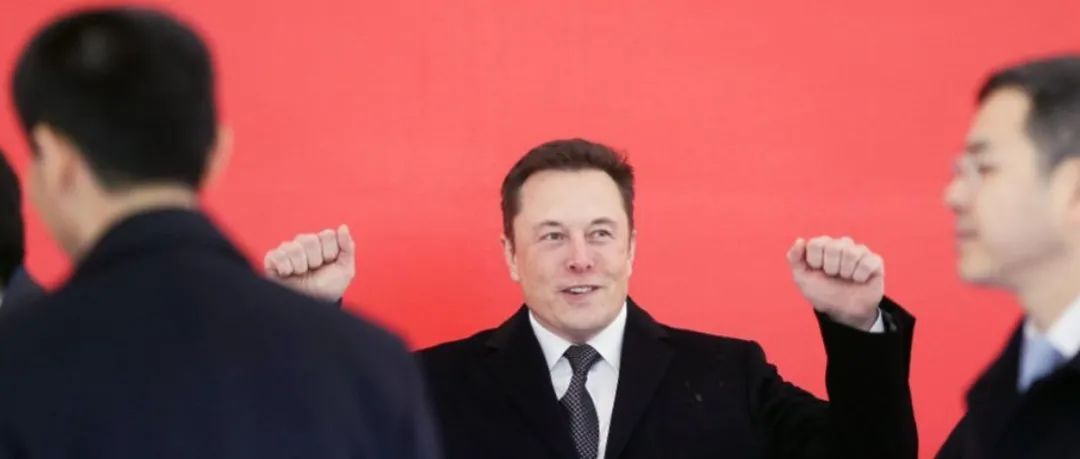Manuel posted from the Copilot Temple.
Reference for Intelligent Cars | AI4Auto public account
In the early stages of autonomous driving, it will exacerbate traffic congestion. Does this view conflict with your understanding of autonomous driving? However, this unconventional theory comes from the mouth of Musk. Furthermore, Musk has found a reasonable explanation for this seemingly unreasonable prediction.
Because with autonomous driving, there will be more cars on the road.
Does autonomous driving worsen congestion?
Is autonomous driving the panacea for traffic congestion? Recently, in Musk’s own tweet, he stated that overcoming traffic congestion is a very difficult task, even for the most powerful humans in the world.
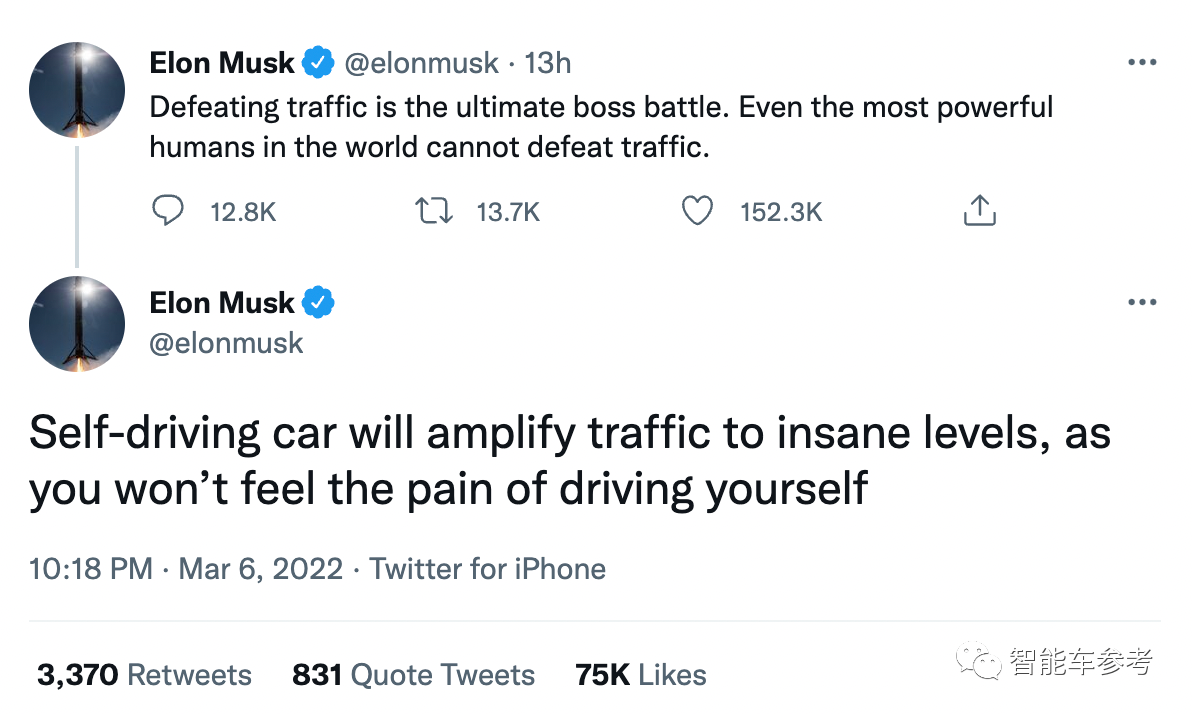
As to whether autonomous driving can alleviate traffic congestion, Musk also gave his answer:
In the early stages of autonomous driving, it will not only fail to alleviate traffic congestion, but will also exacerbate it.
Doesn’t it sound somewhat unconventional? Nonetheless, Musk, who is accustomed to overturning conventional thinking, also revealed the following rationale:
Autonomous driving lowers the threshold for human driving, allowing those who cannot drive to have their own autonomous vehicles. The result is that the number of vehicles on the road will increase significantly in the early stages of autonomous driving, leading to even more serious traffic congestion.
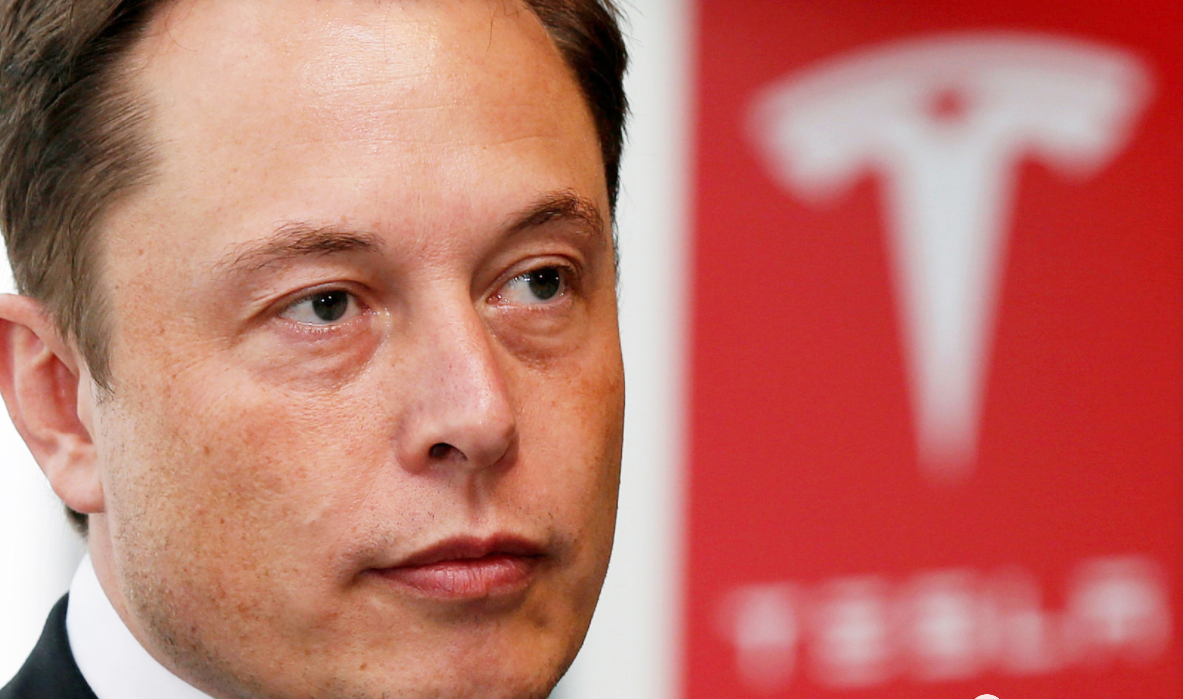
On the other hand, Musk emphasized that this is a problem that only appears in the early stages of autonomous driving. In other words, in the long run, autonomous driving still plays a role in alleviating traffic congestion. For example, it can reduce phantom traffic congestion caused by personal driving skills.
Phantom traffic congestion usually occurs when a large number of vehicles are traveling on the road, and one driver suddenly brakes, causing an instant traffic jam.
However, when Musk talked about how the early stages of autonomous driving exacerbate traffic congestion, is there any evidence to support his statement?
Indeed.

As early as 2019, Scott Le Vine’s research team at Imperial College London conducted experiments on the impact of autonomous driving on traffic congestion in 16 different road conditions across 4 cities.
The results showed that if the proportion of autonomous vehicles on the road was 25%, it would lead to worsening traffic conditions.
25%, which is the early stage of autonomous driving.
How does Musk solve congestion?The problem has been raised, but no solution has been presented, which is not Musk’s style.
In solving the issue of traffic congestion, Musk’s approach is very rough: dig tunnels to transfer traffic from ground to underground.
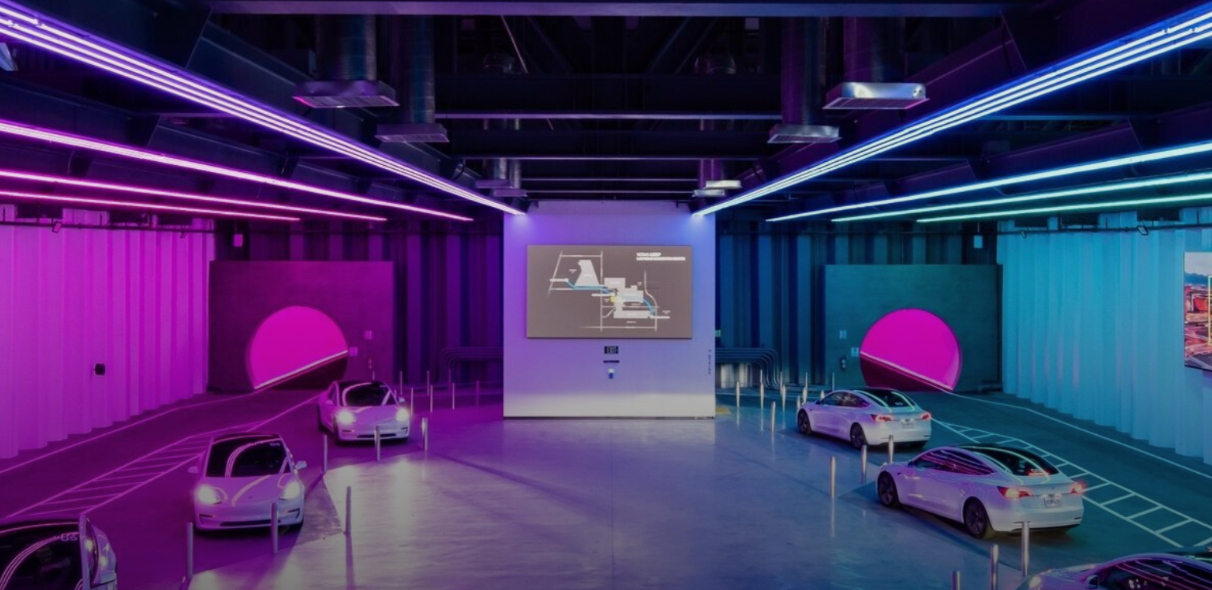
However, if you think that Musk is just digging a hole, it’s too naive. Musk’s tunnel plan is actually a set of underground transportation operational plans, including tunnels, stations, and vehicle operation platforms, which can be regarded as an underground subway system for cars.
The boring company, a subsidiary of Musk, is responsible for tunnel construction and operation. According to official information, vehicles entering the tunnel are mainly operated by an electrification platform that combines automatic driving and a unified computer monitoring system.
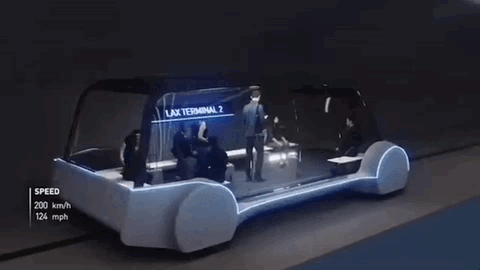
Vehicles only need to be parked on the platform, and then the platform will descend to the tunnel surface, carrying the vehicle to run at high speed.
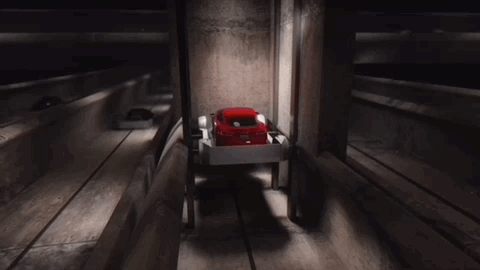
The operating speed can reportedly reach up to 200 kilometers per hour.
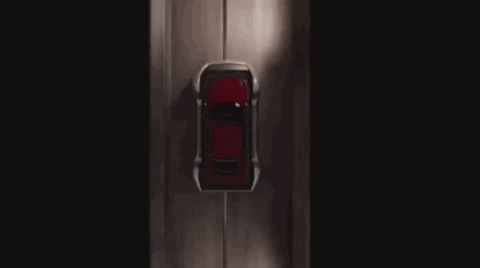
However, the tunnel that Musk dug to solve traffic congestion is not up to par, as shown at the recent Consumer Electronics Show in Las Vegas.
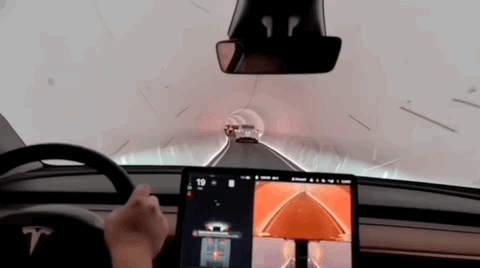
This is a bit embarrassing, as the ideal is full, but reality has hit him in the face. But on the other hand, it is said that the congested tunnel was not the final version of Musk’s tunnel plan, as there was only one tunnel with no electrification platform, and there was no 200 kilometers per hour speed. It can only be described as the most basic version.
Are there any other ways to solve traffic congestion? “Vehicle-to-everything communication” (V2X) is one of them. V2X employs wireless communication and the latest interconnection technology to realize dynamic real-time information exchange between vehicles and roads, achieving effective cooperation between people, cars, and roads.
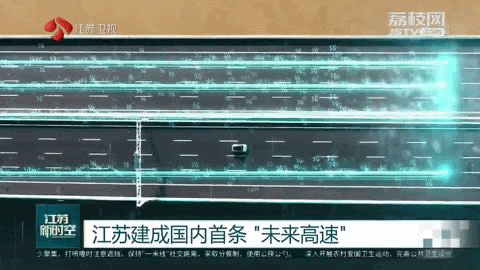 Compared to Tesla’s single-vehicle intelligence solution, the combination of autonomous driving and vehicle-road collaboration is considered a “better” solution by major players in the domestic industry for accelerating the adoption of autonomous driving.
Compared to Tesla’s single-vehicle intelligence solution, the combination of autonomous driving and vehicle-road collaboration is considered a “better” solution by major players in the domestic industry for accelerating the adoption of autonomous driving.
This is because the autonomous driving based on vehicle-road collaboration has an additional set of road-end perception and calculation systems that can provide more comprehensive and systematic traffic information for autonomous driving. With the road-end perception information, the autonomous driving system can make decisions in advance to enhance safety.
More importantly, the vehicle-road collaboration can also control traffic signals based on road-end and vehicle-end perception information (for example, dynamically controlling red and green lights according to traffic volume), to maximize traffic efficiency and solve traffic congestion.
Currently, Baidu Apollo, Huawei, Tencent, Alibaba, and other top internet companies have entered the relevant field, and specific plans have already been implemented in multiple cities across the country.
Taking Baidu Apollo as an example, in 2018, Baidu announced the open source of the Apollo vehicle-road collaboration solution, and in May of last year, it cooperated with the Tsinghua Intelligent Industry Research Institute to carry out the Apollo Air plan for vehicle-road collaboration.
As of now, Baidu’s Apollo vehicle-road collaboration solution has been used on open roads in multiple cities such as Beijing Yizhuang, Shanghai Jiading, and Guangzhou Huangpu.
So, does vehicle-road collaboration really help solve traffic congestion?
Looking at Baoding city in Hebei Province as an example, data shows that in the past two years, the number of motor vehicles in the core area of Baoding has increased at an average rate of 7% per year. However, after optimizing and controlling the signals on some roads using the Baidu Apollo Air intelligent transportation system, the congestion index has decreased by 6%.
This data suggests that compared with Musk’s tunnel boring machine, vehicle-road collaboration seems to be a more effective way of solving traffic congestion.
One more thing
Having seen the advantages of vehicle-road collaboration, is Musk, who insisted on single-vehicle intelligence, considering a change of heart?
In a recent reply to a tweet, Musk said:
Perhaps Tesla should make an AI vision device that plugs into the conventional traffic light. It can just look at the traffic situation and automatically maximize throughput.
However, it is still only an AI vision device, which still has a long way to go before it can achieve true vehicle-road collaboration.
Therefore, who do you think has the perfect solution to solve traffic congestion: Musk’s tunnel + autonomous driving or the domestic industry’s vehicle-road collaboration + autonomous driving?
— End of translation —
This article is a translation by ChatGPT of a Chinese report from 42HOW. If you have any questions about it, please email bd@42how.com.
